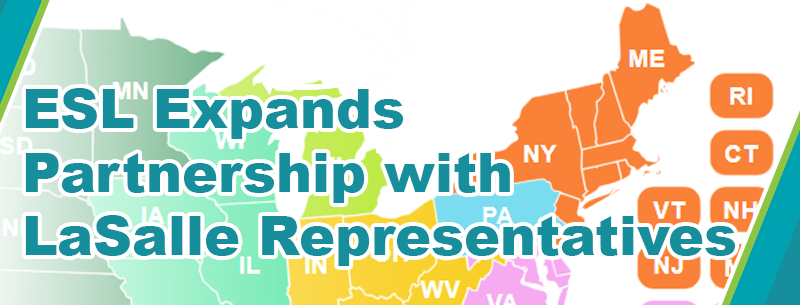
Ensuring Safety, Compliance, and Continuity with ESL’s Manual Transfer Switch solutions for Emergency Power in Nursing Homes
When it comes to health care facilities, ensuring uninterrupted power is not just a regulatory requirement, it’s a matter of patient safety and operational continuity. For nursing homes and long-term care facilities, the risks associated with power loss are profound. That’s why having a reliable manual transfer switch, like ESL’s StormSwitch® or TripleSwitch®, is critical.
Why Do Care Facilities Need Reliable Emergency Power?
Life-Sustaining Equipment
Residents in nursing homes often rely on oxygen concentrators, ventilators, and other electrically powered medical devices. A power outage can quickly escalate into a life-threatening situation if emergency power isn’t restored immediately.
Regulatory Compliance
According to NFPA 110 (Standard for Emergency and Standby Power Systems), the National Electrical Code (NEC), and Centers for Medicare & Medicaid Services (CMS) emergency preparedness guidelines, having reliable emergency power for nursing homes is not optional—it’s a regulatory requirement. Long-term care facilities must ensure they can maintain critical operations during an outage, or risk penalties, loss of accreditation, and compromised resident safety.
Resident Safety & Comfort
Power outages can disrupt HVAC systems, communications, lighting, and refrigeration jeopardizing medication storage and resident comfort. An emergency power switch ensures that these systems continue to operate without delay.
Why Choose ESL’s Manual Transfer Switches?
ESL’s StormSwitch and TripleSwitch – Manual Transfer Switches offer UL/cUL 1008 Listings up to 3000A, and are OSHPD seismic certified (OSP), making it ideal for healthcare environments that demand both durability and compliance.
Designed specifically for portable generator connection to grid-tied facilities, the StormSwitch® features:
- Pluggable connectors for simple setup
- A built-in manual transfer switch for quick and safe operation
- A cost-effective solution that’s easy to install and maintain
- Operation so straightforward that only basic training is needed once installed by a licensed electrician
Choosing the Right Emergency Power Solution
The ESL StormSwitch – Manual Transfer Switch offers a cost-effective, reliable, and easy-to-implement emergency power solution. Designed to keep critical systems running during outages, the StormSwitch® is an ideal choice for nursing homes looking to improve resilience while meeting regulatory standards while the TripleSwitch also allows for load bank testing a permanent generator at to facility while still having the paco of mind for back up power if utility power goes out.
Whether preparing for severe weather, grid instability, or unforeseen emergencies, equipping your facility with the right backup power system is a decision that safeguards lives and ensures peace of mind.
Learn more about ESL’s Emergency Power Solutions and how they can support safety, compliance, and continuity at your facility.
Ensure Your Facility Is Prepared for the Next Outage
Explore ESL’s emergency power solutions built for nursing homes and long-term care facilities. From regulatory compliance to patient safety, we’re here to help you plan with confidence.


